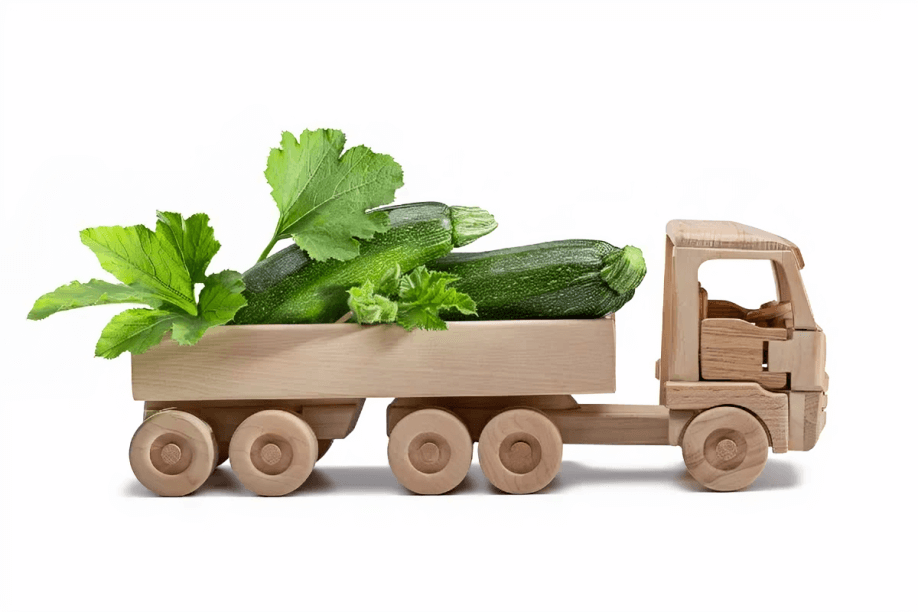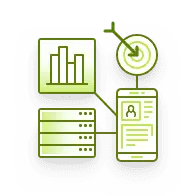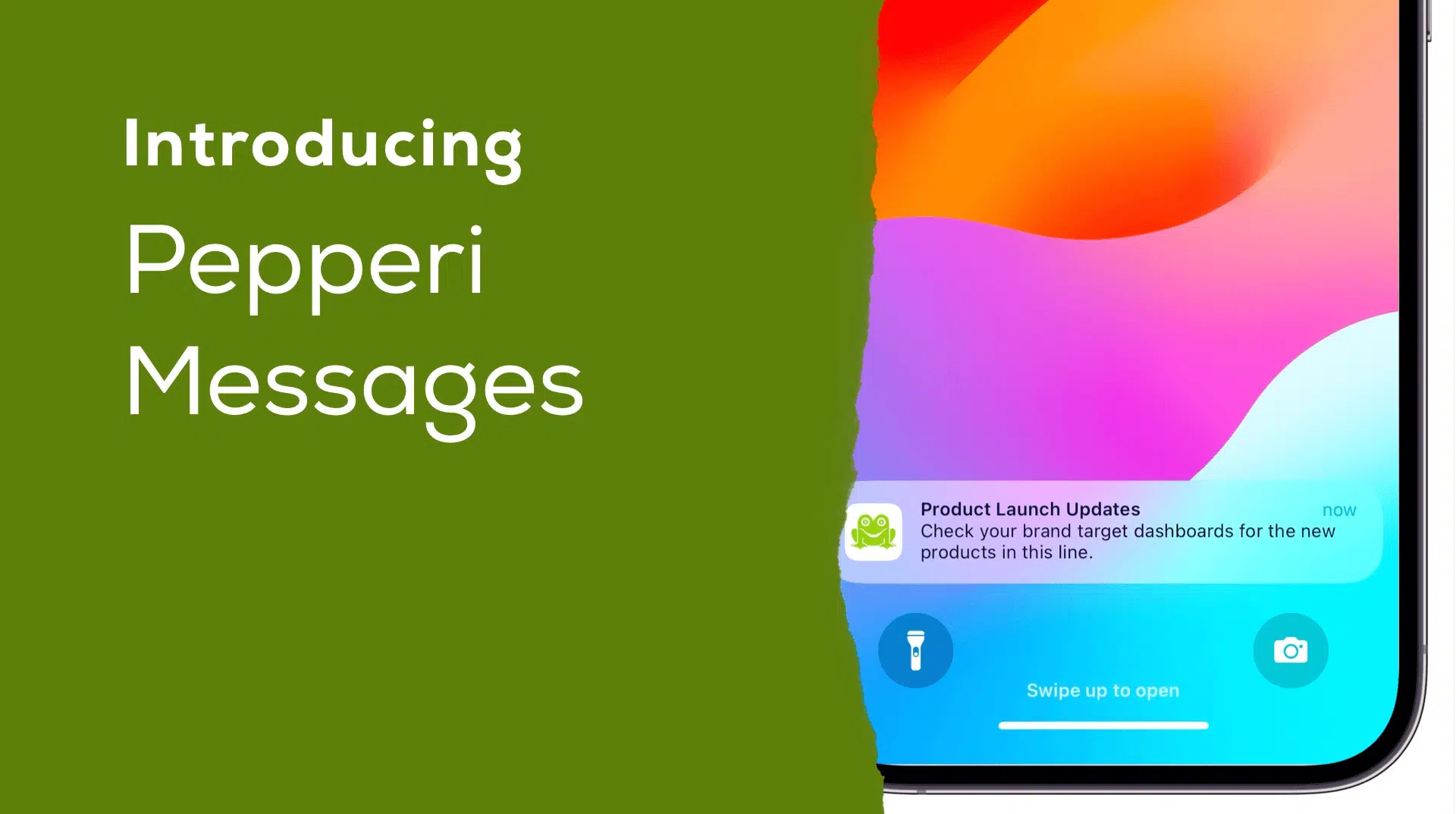9 KPIs FMCG Suppliers Should Track to Improve Van Sales Performance
July 8, 2019 By Stacey Woods

The FMCG industry is highly competitive – product delivery from suppliers to their distribution network (wholesalers, retailers, forecourt stores, hospitality businesses (HoReCa) etc.) has to be quick and managing sales must be efficient as it all has a high impact on profit margins. Finding a mobile van sales application to streamline the delivery, invoicing and administration process is a game-changer that can boost efficiencies, accountability, growth and customer satisfaction.
Here are 9 key performance indicators (KPIs) for your business to track in order to help your reps, drivers and managers stay on target.
1. Actual versus target van sales (per route/time period)
Probably the most obvious metric to monitor, be that of value of goods and/or number of units sold. Make sure reps/drivers and management alike can access such data as it is important for both.
2. On-road versus off-road sales
This is about planned vs. unplanned sales, quite common in the food and beverage industry, where van drivers have some leeway to develop new customers from scratch (mainly mom-and-pop stores). Monitoring this matric will help a business to develop new revenues, evaluate cost/performance per route and compensate a driver’s “business-development” efforts.
3. Back orders (amount of goods and value)
Common to route accounting operations, drivers often take back orders. This happens as customers order more products for the upcoming period upon receiving new stock, or, as often happen in off-road sales (see section above), drivers can’t always fulfill all orders on the spot.
4. Route compliance
GPS tracking through the mobile app, along with geo-fencing and time-stamped activities assure adherence to planned routes. Managers can analyze this data (time on/off planned route, time at customer location etc.), make sure drivers stick to planned routes and schedules and delays/increase-in-costs due to route deviations can be explained.
5. Returned goods volumes
Returns handling (or RMA pickup) is a common process most drivers perform as they reach the point-of-sale and is an opportunity to provide great service to customers. It is also an opportunity to make sure the number of returned goods makes sense. A high number compared to average returns numbers (for the entire business, for a specific customer etc.) could indicate a production/packaging/delivery issue or maybe abuse of return policies by business partners.
6. Payment collections
Drivers often accept payments from store owners, mostly via credit cards but also in cash. Keeping an eye on these numbers (i.e. payments collected per payment method) can help you optimize payment mix (e.g. you can offer special promotions for cash payments for specific customers), make sure drivers don’t handle cash volumes that are too large and hence risky, and of course make sure nothing “gets lost” on the way.
7. Inventory status
A van sales app helps you keep an eye on van inventory and make sure any goods remaining at the end of day are accounted in the system and ready to be sold. You’ll also be able to make sure nothing gets “lost” throughout the day.
8. Driving Costs
Pre and post trip forms can track the amount of time a driver spent behind the wheel, mileage each covered and fuel consumption. Use this info to monitor your variable costs in support of ROI analysis (and for compliance with regulations related to driver activity).
9. Route ROI
Use all the above to get a clear picture of your route accounting and direct store delivery (DSD) operations effectiveness (revenue vs. costs) and to optimize results over time.
By using a mobile van sales application and tracking KPIs such as the above, you will keep your customers happy and ensure your route accounting operations are successful.
Related content – learn about Direct-store-delivery and van-sales best practices.
Had enough reading about van-sales? Talk to one of our experts and see Pepperi in action with a free, personal demo.



























